FARMINGDALE — Superintendent Bill Zima said the main goal of the three public meetings he led this week was to make sure voters in Regional School Unit 2 knew the proposed new school would be 100 percent state-funded.
Voters in RSU 2 — which includes Hallowell, Farmingdale, Monmouth, Richmond and Dresden — will decide on the district’s plan to replace two aging Monmouth schools with a consolidated facility in a November referendum. The school’s entire $26.2 million construction cost would be paid by the state, and the district would take ownership of the buildings and assume maintenance responsibilities once the construction is complete.
Officially, the school district is the bonding agent, but Zima wanted to stress that the project is 100 percent state-funded. The only expense for the residents of RSU 2 would be for purchase of the land — about $71,000 that would be paid over 20 years and divided among five towns.
The one-question warrant asks if voters would approve the School Board of RSU 2 issuing bonds in the name of the district for school construction. The warrant could be misleading, Zima said, because it doesn’t mention the state’s involvement. That is one of the reasons why Zima has held three public meetings this week and will hold a final informational meeting Oct. 30 at Monmouth Middle School, one week before the vote.
“It’s a turn-key building and will be fully furnished,” Zima said. “It’s a big win for everybody.”
The unnamed new school would replace Monmouth Middle and Henry L. Cottrell Elementary with a combined pre-kindergarten-to-eighth-grade school. Superintendent Bill Zima said the district would be responsible for paying for the school’s utilities and maintenance, which Zima said will have a minimal effect on residents’ taxes.
Monmouth Middle School Principal Melissa Burnham Barter hopes to lead the new school if the plan is approved, and she said she couldn’t be more excited.
“It’s huge, and it’s for the adults, the kids and the town of Monmouth,” she said. “From all angles, it’s rejuvenating.”
The consolidated school would operate more efficiently, Zima said, and the district estimates saving 75 percent in maintenance costs and 40 to 50 percent in fuel costs.
The two existing schools have a total of five furnaces, but the new school would have only one, representing a significant reduction in cost and a more efficient operation. Zima said the district was lucky to receive the earmarked funds from the state.
When the state released a list of schools that qualify for the money available through its capital school construction program in 2011, Monmouth Middle ranked ninth on the list and Cottrell Elementary ranked 56th. If RSU 2 voters don’t approve the plan, Zima said, the money will not be available to the district again.
The proposed school would be built on land next to Monmouth Academy, and it would include softball, baseball and soccer fields; a playground; increased staff and visitor parking; and modern classrooms.
The existing Monmouth Middle School was built more than a century ago and has sloped floors and an inefficient and expensive heating system, Zima said, and students must walk through a locker room to get to some classes.
“Just by improving the lighting and improving the school changes the learning environment,” he said.
Monmouth Middle houses grades four through eight and was built in stages, starting in 1855 with the old Monmouth Academy building. The most recent wing was built in 1989, when Monmouth Academy moved across the street.
Voters approved the purchase of three plots of land totaling 43 acres on the east side of Academy Road in October. The state would cover the larger portion of the purchase price — about $95,000 — while district taxpayers would foot the remaining cost of about $71,000. The land will be purchased only if voters approve the referendum question in November, Zima said.
Hallowell Councilor Michael Frett asked what the district planned to do with the old buildings once the new school is built — if the plan passes — and he suggested the district explore ways to benefit financially from either using or selling the remaining property and structures.
Zima said as part of the agreement that created the RSU, the town of Monmouth gave ownership of the land and school buildings to the district. Zima said its final disposition is up to the board, but typically districts return the land to the town.
“By law, we can only use those buildings for educational purposes; and once we have the new school, we won’t have that need anymore,” Zima said.
Zima said he hopes the meetings, which included a well-attended session Tuesday at Monmouth Middle School, served as a reminder to people about the district’s plan. He said the district will make its final push to voters during a “rah-rah” meeting Oct. 30 in Monmouth.
“If the referendum fails to pass, we’re removed from the list and the money goes to the next person,” he said. “We don’t want that to happen.”
Jason Pafundi — 621-5663
Twitter: @jasonpafundiKJ
Send questions/comments to the editors.


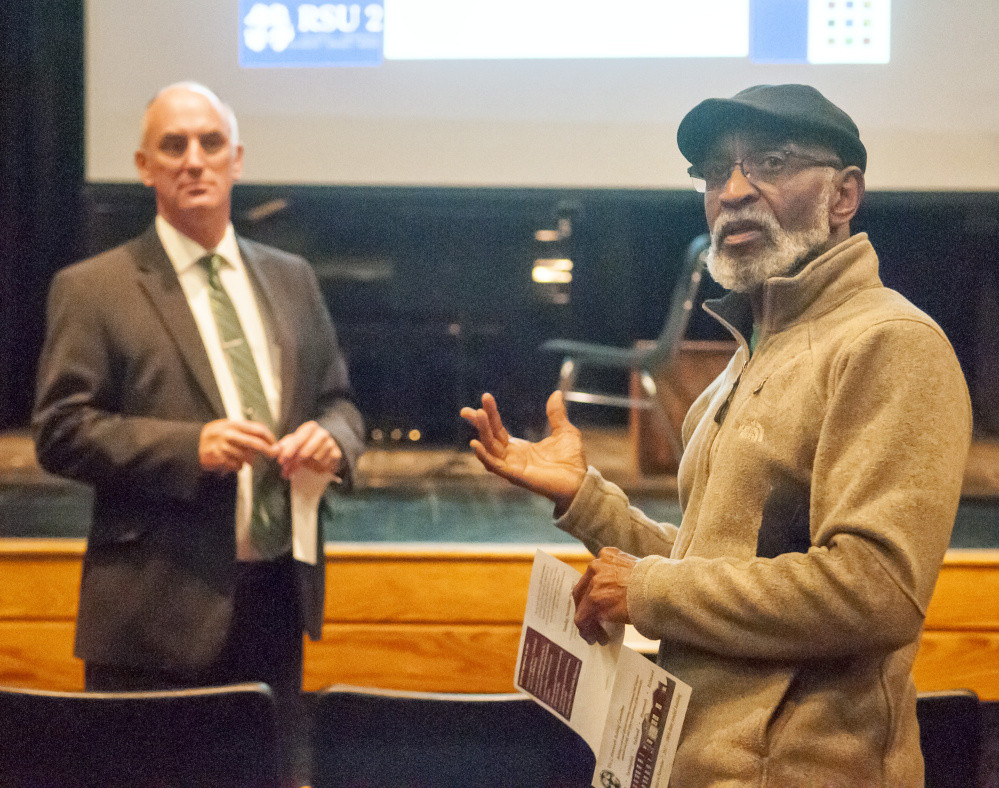
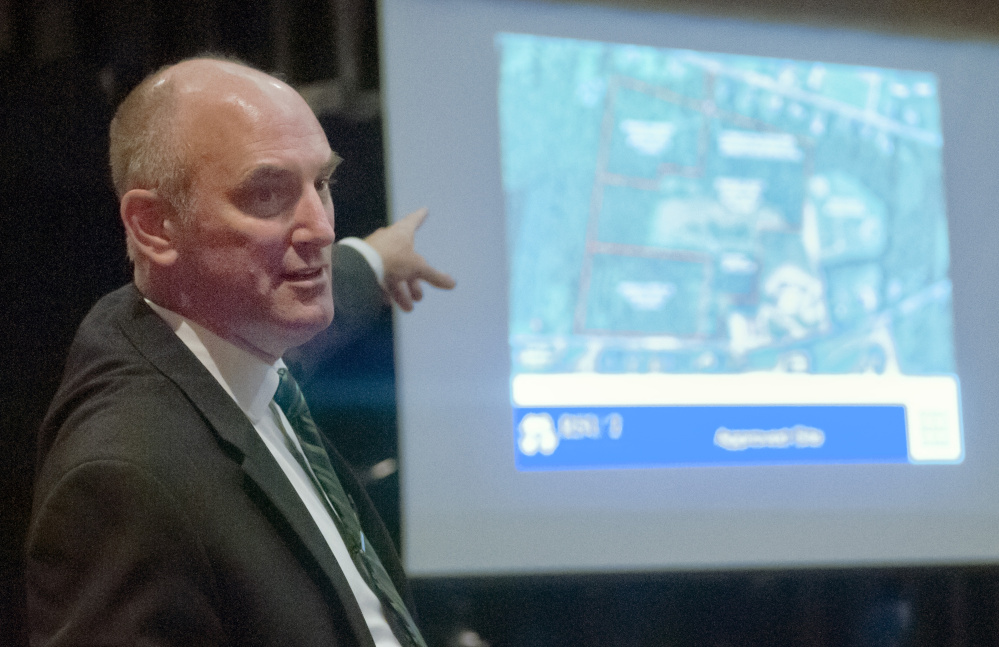
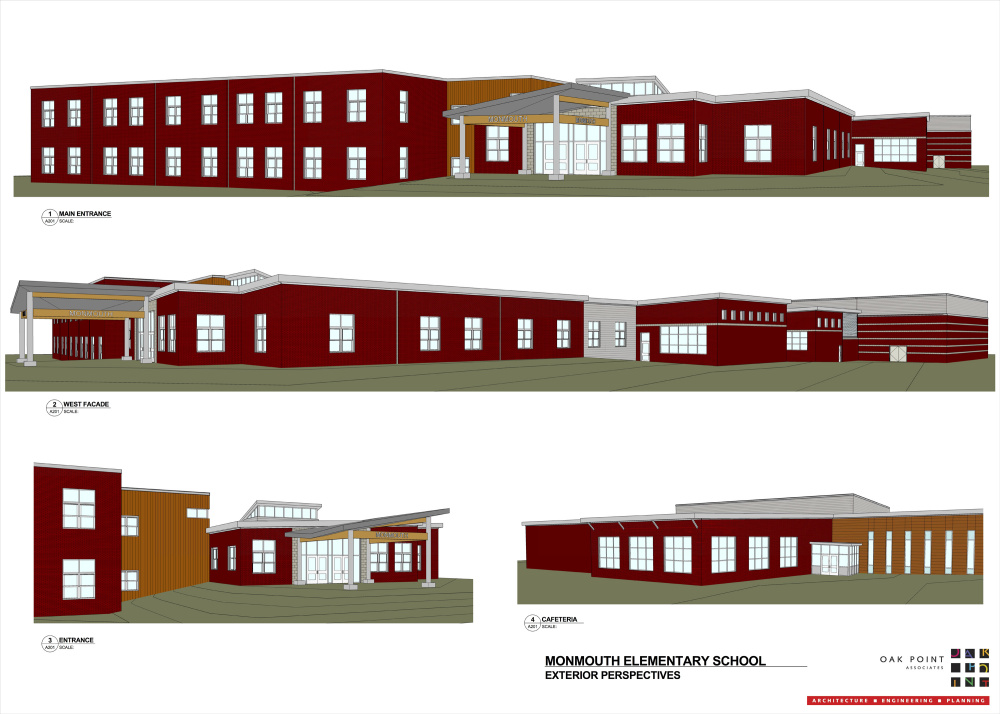
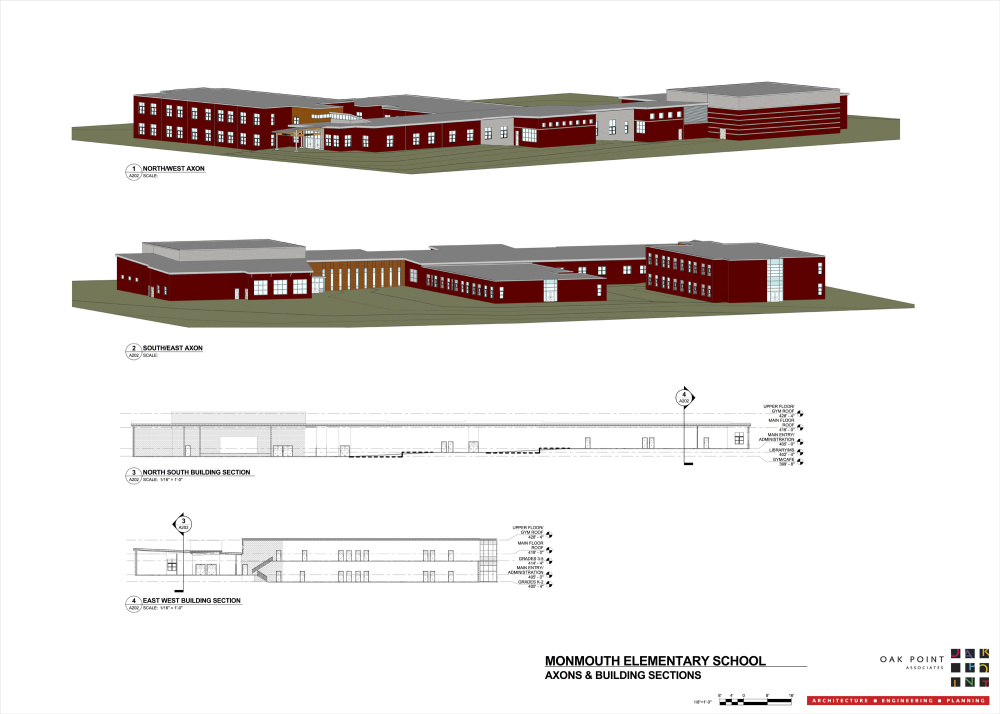
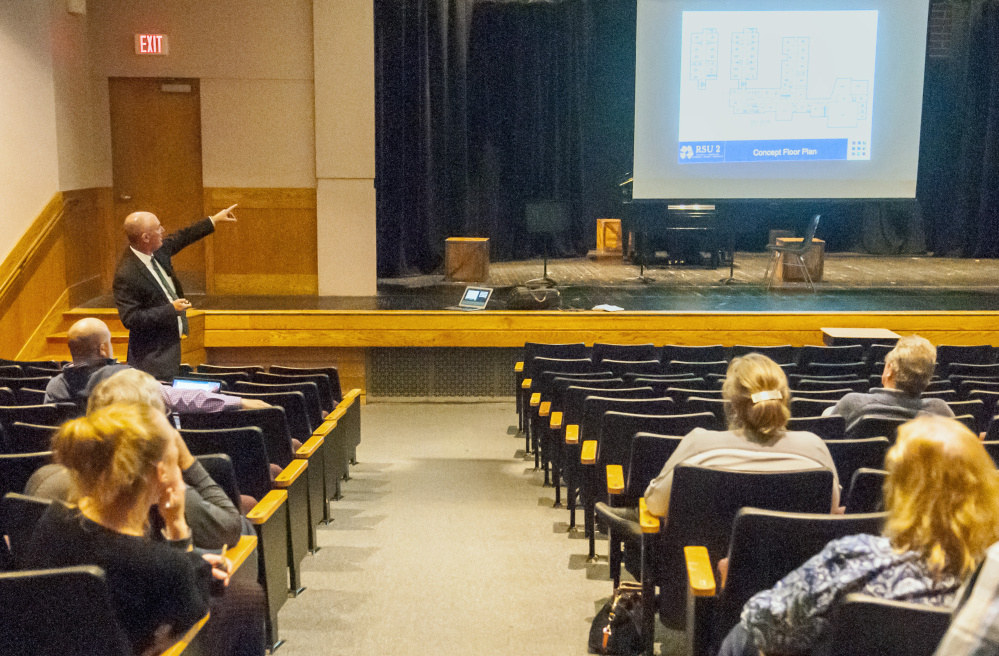
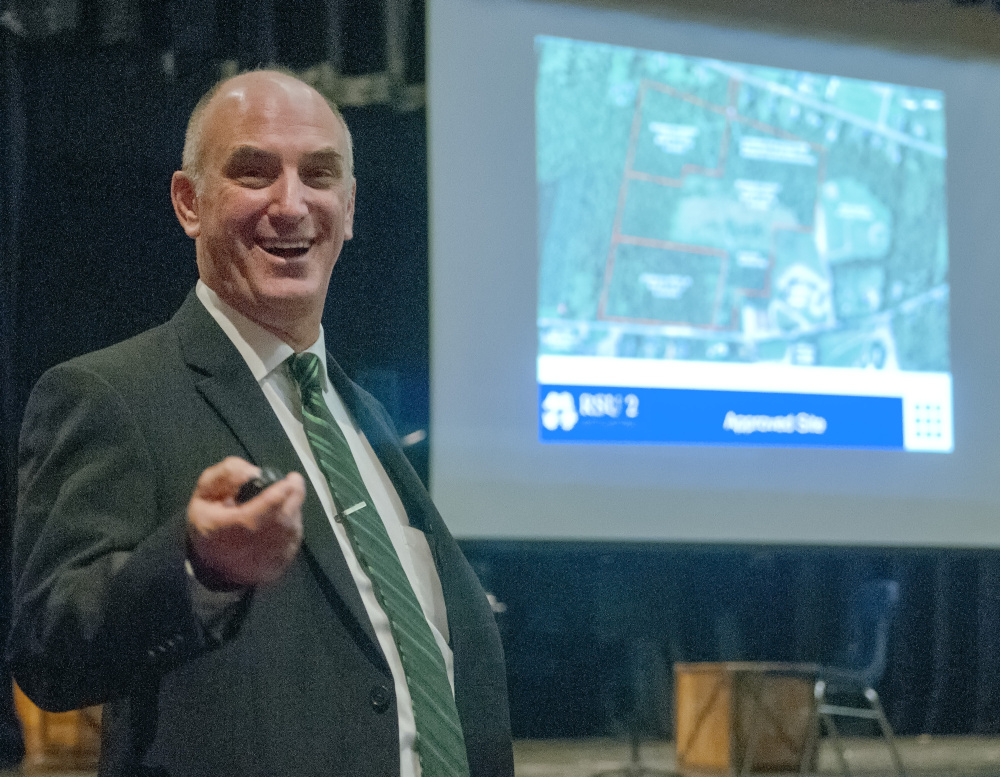

Success. Please wait for the page to reload. If the page does not reload within 5 seconds, please refresh the page.
Enter your email and password to access comments.
Hi, to comment on stories you must . This profile is in addition to your subscription and website login.
Already have a commenting profile? .
Invalid username/password.
Please check your email to confirm and complete your registration.
Only subscribers are eligible to post comments. Please subscribe or login first for digital access. Here’s why.
Use the form below to reset your password. When you've submitted your account email, we will send an email with a reset code.